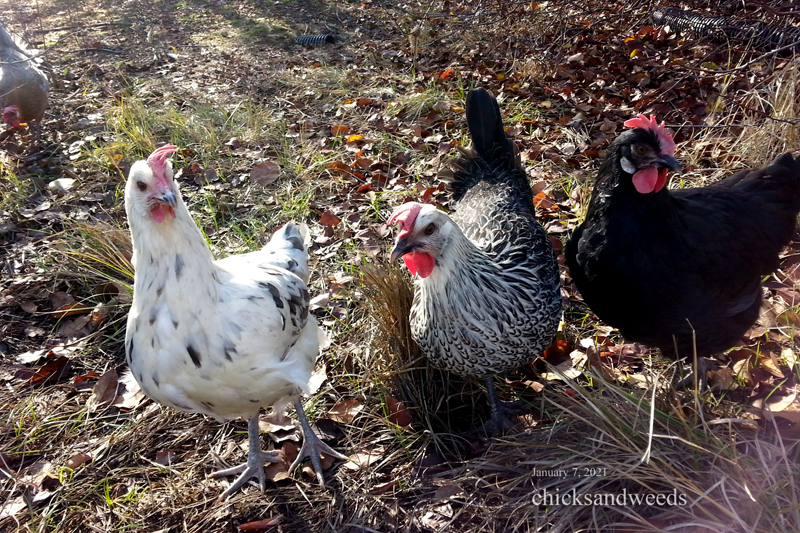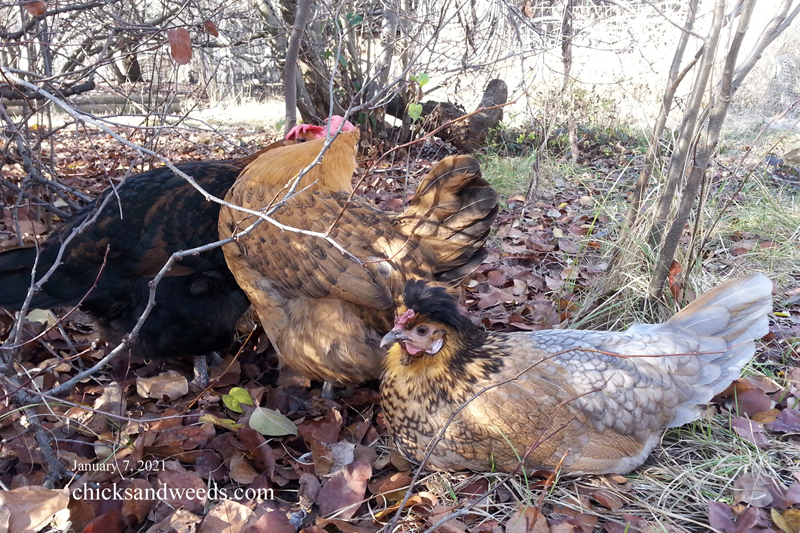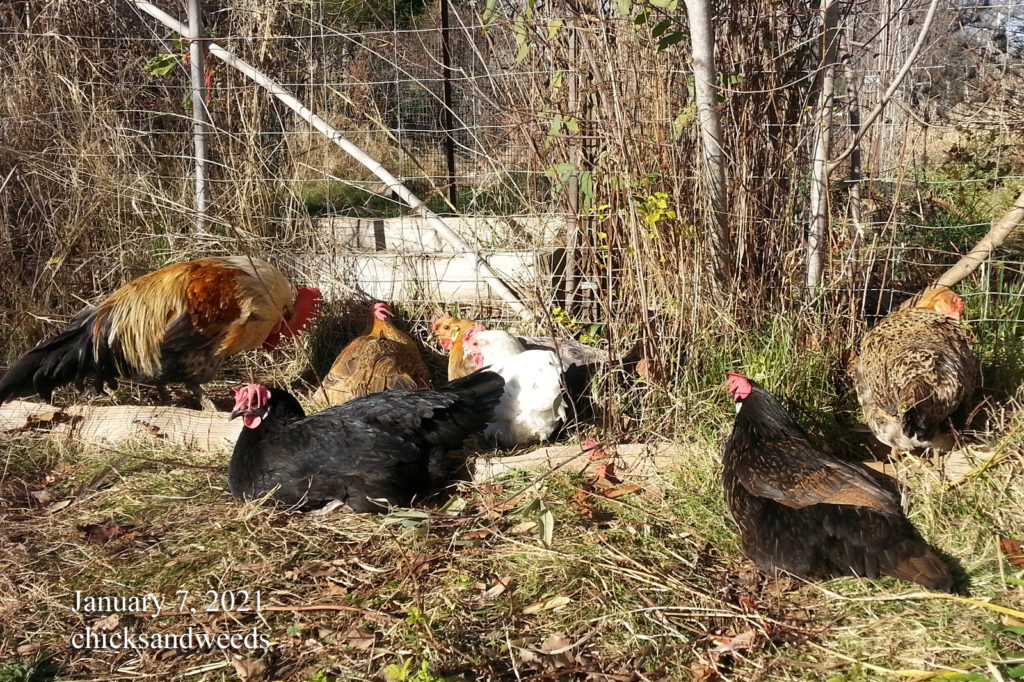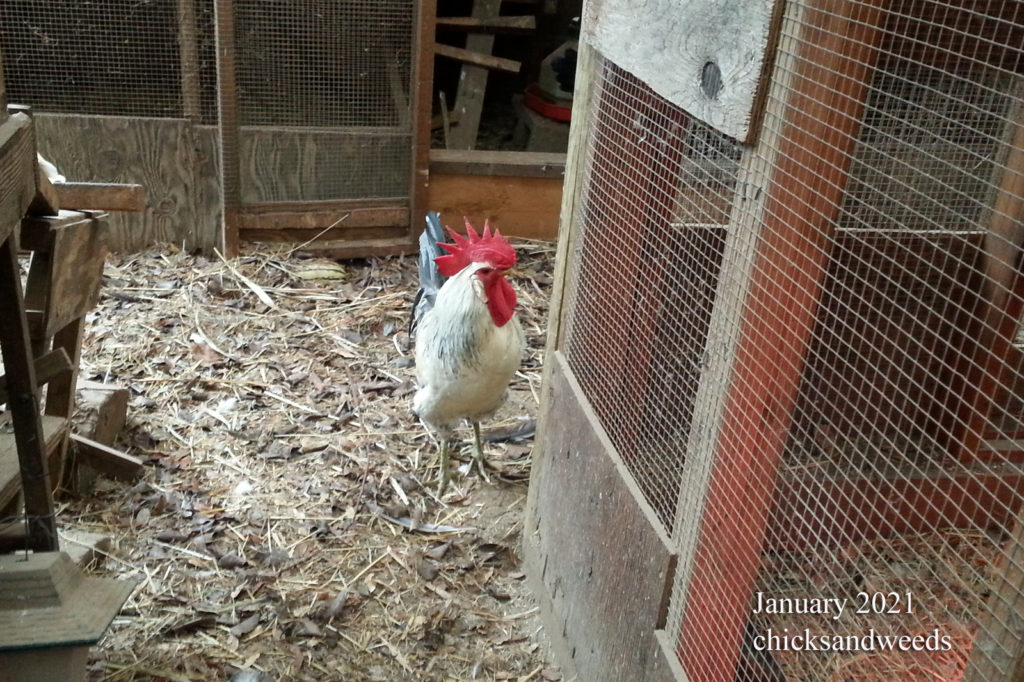Why I feed my chickens scratch
They forage for scratch grain seeds when I grow the actual plants, which tells me it would be part of their diet if they lived here wild. They absolutely love it. They love it so much that I can use it as a bribe to get them to go where I want them if needed. This is a handy tool. Sometimes when they don’t feel well, they will still eat scratch and I add some KayTee powder to it.
For my flock I imagine that if they never saw scratch, never got sunflower seeds from the plants I grow, never had the chance to jump for seeds from the grasses/wheat or milo, they would not miss it and be happy with the pellet, but man, imagine all your food was presented to YOU in pellet form…….. you’d eat it too if there were nothing else, wouldn’t you?
Why do I ferment the scratch?
Soaking or fermenting grains is said to make the available the nutrients more available and digestible. The fermenting time is usually 3-4 days, I soak only 48 hours as that is what works here for my household and my schedule. I tried fermenting pellets, wasn’t working for me.
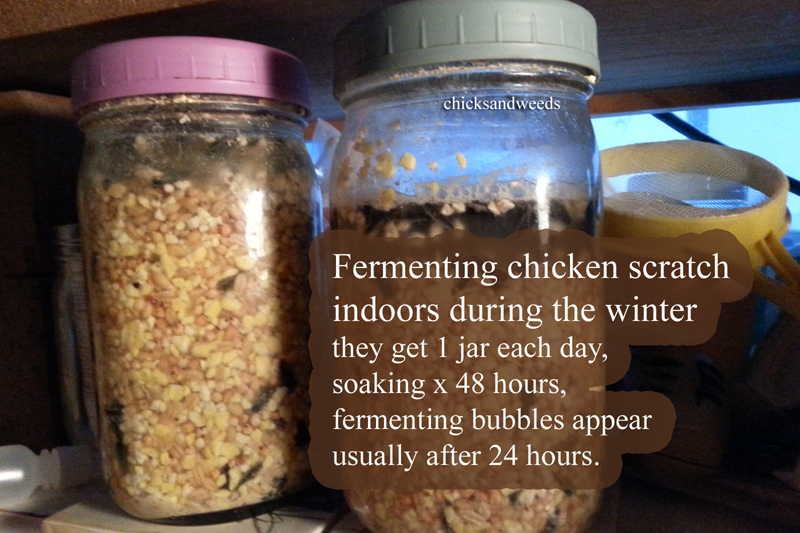
How do I ferment scratch:
The easy way
Fill a mason jar half to 2/3 with scratch, top off with water. The feed will swell, there will be bubbles and possibly a whitish, harmless fungi film. Not fermenting longer that 2 days means it does not smell up the house nor does it ever turn bad. (you can smell that). Every now and then I clean the jar. Don’t ferment in metal, but you can use those 5 gallon plastic buckets if you have a very big flock.
Where do I ferment?
Indoors on my office shelf above the little heater during the cold months because otherwise it would take days and days, outdoors in the run during the warmer months.
How much?
Because scratch grains are not complete nutrition for laying hens, especially commercial production breeds (missing calcium and protein) or molting birds who need a lot of protein, I limit how much they can have per day to 10 percent in the hottest months and 25-35 percent in the coldest, non-laying and non-molting times. I have read that chickens do better on 20% protein that the usual 17 in layer feed, so sufficient protein is important.
When do they get it?
They get it in the morning, and also in the evening when it is expected to freeze because I imagine it keeps them warmer internally. They always eat it all up. Layer pellets are available all day and they free range most afternoons.
Sometimes I throw some scratch into the run as a boredom buster when the weather is so bad they won’t be free ranging or the raccoon and bobcat have young to raise and come looking for a meal and the chickens will have to stay in the run or to use as a distraction during flock integration .
How can I tell the percentage of scratch in my total feed?
I count the feed bags I buy per month.
For example, four equal weight bags of layer pellets and one bag of scratch means 1/5th scratch or 20 % for that time. With bought feed there is some wastage with the pellets, never with the scratch, so it’ll probably be more like 20-25 percent of their bought feed nutrition. A little more for some and less for others, depending on pecking order.
How do I feed my flock
- they get a mixed diet of
- layer pellets
- oyster shell
- scratch
- eggs
- volunteer squashes, fallen apples, blackberries when available
- free range, and what they find varies seasonally
- KayTeeee exact baby bird powder with the scratch if I feel it is needed for some birds sunshine (they LOVE to sunbathe, do so winter or summer and I decided that it is a nutritional requirement for them)
My philosophy
It is important to me to provide living conditions for the chickens that are species appropriate. My chickens are a partly “free range in the garden” flock, 32 birds atm, 5 of them roosters. It is a delight to see them do their thing.
I am trying to breed for disease resistance, general good health, foraging, and some eggs.
They are protected from predators as much as possible.
Pushing the hens to the extreme of what is possible for my egg eating habit was never part of the plan.
There is no supplemental light in the coop to make them lay eggs through the winter, and none of them are over-bred to lay an egg a day, 3-4 per week seems to be common when they are younger. I hardly get eggs for about 3 months of the year.
So I don’t see the nutritional necessity to feed them exactly like commercial layer hens which are used as live egg production machines that are considered spent at 18 months to 2 years of age. My two oldest will turn 9 this year, and last year, they maybe laid a couple of eggs at best.
All original feed research was done to maximize egg production and feed conversion in hens in mass production. That formula just does not apply to my flock. Even a confined backyard condition does not apply. This gives me more freedom to feed them with other things than pellets, which they eat, but really just because there is nothing else. Yes, chickens have preferences, If I had more available land, they’d be foraging for much more of their feed, with supplemental grains.
There are other ways to be more self sufficient with feeds, for example using things like chicken tractors, huge compost piles, growing soldier fly larvae or having worm bins, but this is not doable here for me at this time.

